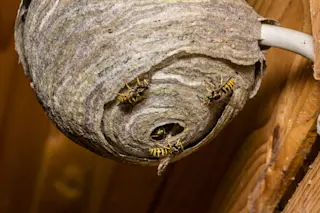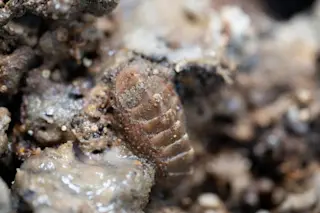Professor Yin Kaipu gives a sharp command to the driver of our Land Cruiser as we maneuver a narrow road above the roiling Min River. The driver brakes, and Yin, a plant ecologist at the Chengdu Institute of Biology, leaps from the car, oblivious to trucks flashing their lights and swerving to avoid him; his eyes are fixed on boulders in a landslide that years ago crashed down this steep river valley in the Hengduan Mountains of the Sichuan Province in China. Yin clambers up the rocks, scans the terrain, then turns to give us a thumbs-up.
“He’s found it,” says Diane Chang, my interpreter and the director of the Institute of Human Ecology Engineering in Beijing. More cautiously than the professor, we make our way down the highway and climb the slope to see Yin’s discovery.
“Here,” he says, presenting me with the long, olive-green stalk of a lily ...














